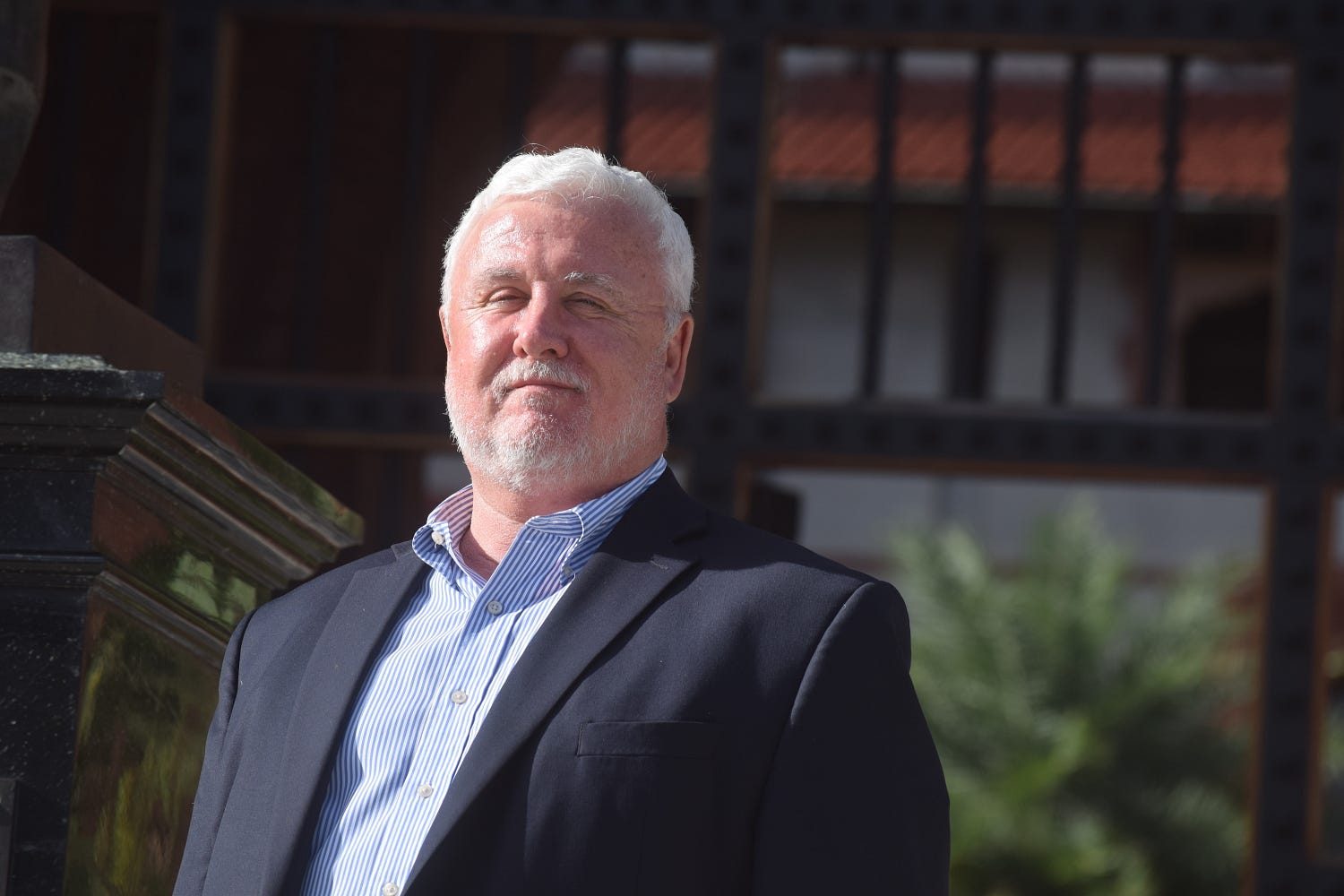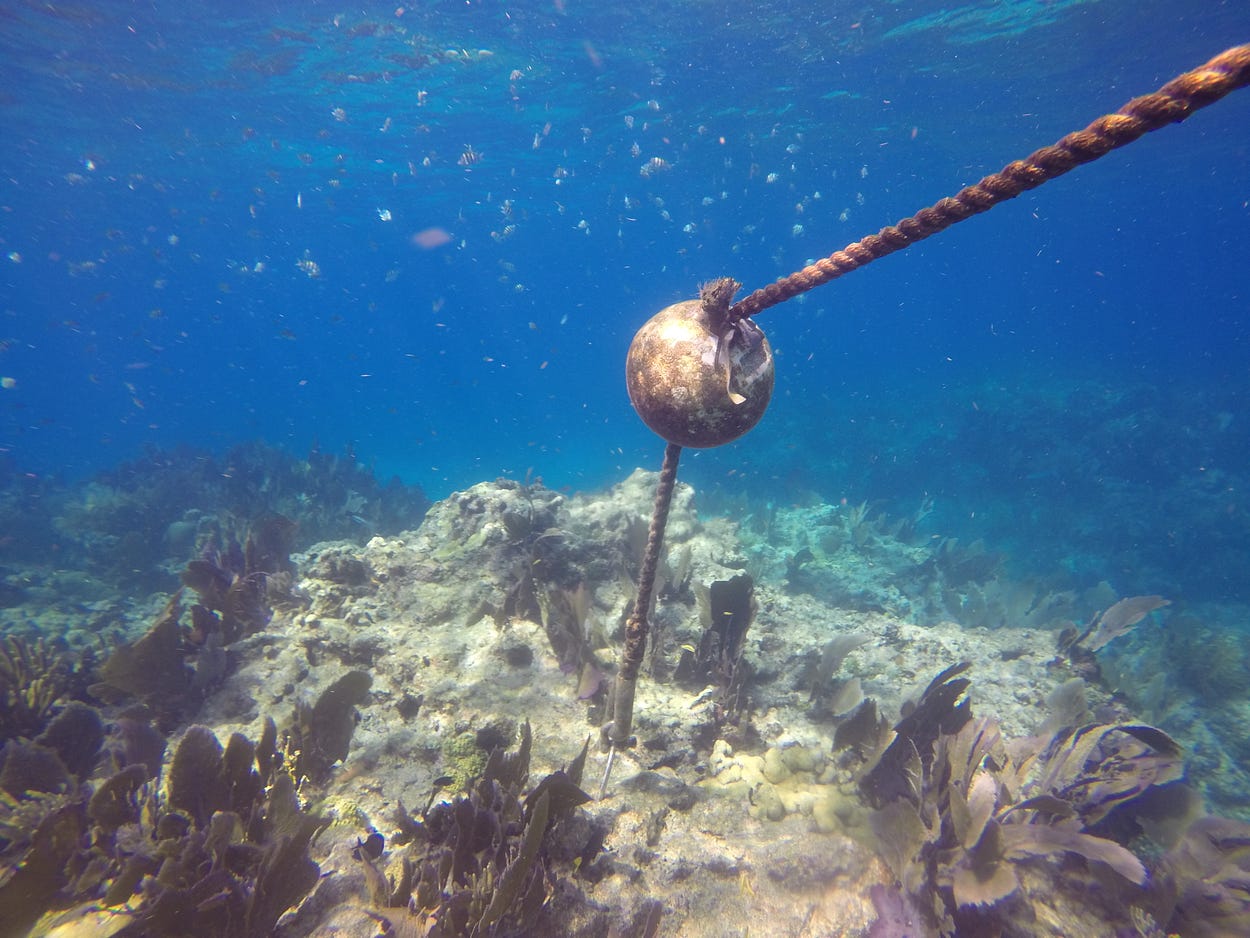By Courtney Cox | gargoyle@flagler.edu
He was there in that moment when Ida Straus removed herself from Lifeboat 8 to take her place on the Titanic beside her husband, Isidor. He was there when the lifeboat officer shouted for Ida to get back on the boat. He was there to see her, quivering and vulnerable, but so blatantly in love that she’d go down with her husband before ever abandoning his side. Where he goes, she would follow. He was there to witness perhaps one of the greatest love stories history has ever offered.
Dr. James P. Delgado was there.
Although he may not have been there physically, the depth and inspiring passion he tells their story in goes a far greater distance than the story of Jack and Rose. The emotions he provokes and the heart strings he tugs on ignite the love for humankind and the utmost respect for the entirety of human history.
Perhaps Delgado’s eloquent storytelling comes from his many well-traveled experiences as a maritime archaeologist, explorer and an author.
However, it’s not just a story. It’s real, Delgado said.
“You can’t 100 percent recreate the past, at best you can interpret it,” he said.
And Delgado has been doing exactly that ever since he was a boy.
“Archaeology was a bug that bit me at 10,” Delgado said.

All of the aspects of what makes people human, how it’s represented in how people are created and what people leave behind is still a huge driver for Delgado in what he does to this day, he said.
His extensive résumé is consistent with a train of impressive cars: from serving as director of the National Park Service’s maritime preservation program to being the executive director of the Vancouver (Canada) Maritime Museum, to serving as the director of Maritime Heritage for NOAA to being a television host for Discovery, the History Channel, A&E and National Geographic.
Delgado has more recently taken on the role as Senior Vice President of SEARCH, Inc. His accomplishments and work throughout his career have touched hundreds of millions of world viewers.
But, there will always be something left, something new to find, new to learn, colleagues to meet and discoveries to share, Delgado said.
“If I want to be remembered for anything, it’s collaborating with one another to make a difference,” he said. “It’s not the major scientific work, it’s sharing the science.”
We need to be working together in terms of making the planet a better place to live, Delgado said. People need a human aspect when it comes to paying it forward to the seas and Delgado was able to give them that when he served as the project historian on the USS Monitor for NOAA. Together, they were able to “put a face on the sea,” Delgado said.
It was a reminder to the people who don’t think they’re connected to the sea in any way, really are, he said.
Delgado has dove a number of wrecks: the USS Arizona, USS Monitor, Titanic, Carpathia, Mary Celeste, Somers and many more. The power of these wrecks and what makes them so compelling for Delgado is that he can put himself there, in that moment, he said.

For Delgado, the Titanic is the wreck that hones in the phrase “museum at the bottom of the sea,” he said.
“To be on the deck of the Titanic with the davits still slung out, with ropes still hanging off of one, realizing this is where those lifeboats were. Windows slightly ajar and the realization that as that happened, as that ship fell and when it hit the bottom, what you see is basically that moment. It’s not exactly frozen in time, but it’s not exactly as if the span of time and change has completely altered it,” Delgado said. “And to be there where fathers lied to their children so they wouldn’t cry and said, ‘Be good, get into this boat with mummy, daddy will see you soon’ … There’s more of a sense of immediacy to it when you’re there.”
The record of humanity rests on the seabed. With so much of earth covered by water, Delgado said the ocean is “a museum of our experiences, it isn’t the totality of our experience.”
“With so much of the earth covered by water, with so much of our endeavor as humans going back tens of thousands of years being connected to that water?—?we have fished in it, we have hunted in it, we have warred on it, we have traveled on it, recreated on it, we have buried our dead in it,” Delgado said. “We’ve still only discovered five percent of what’s there.”
While he worked for six seasons on “The Sea Hunters,” a National Geographic international television series, Delgado said it was one of the greatest opportunities he had to learn and give people access to things they may not have ever known.
“We were the means by which people could come and see these things,” Delgado said. “The window of which that story is told is shipwreck and the people engaged in it.”
Shipwrecks have given Delgado more than historical landmarks to be recognized and artifacts to be analyzed, but they have given him moments in time to feel and experience for himself. His exploring doesn’t end here. And as for his greatest discovery? “The next one,” Delgado said.
Archaeology is a window into the past and Delgado’s work has opened up that window to allow people to get a closer look.
He was there when Straus knew she and her husband were going to die together. He was there watching them as they walked off together and died together.
“They never found her and he was found floating dead in the Atlantic,” Delgado said. “But the story of that, the story of their love and how you would choose to die with somebody you love rather than live without them? That’s a powerful one.”



Be the first to comment on "Maritime legend: uncovering underwater history"